Museom Single-Log Bridge Festival (무섬외나무다리축제)
18.7Km 2024-11-29
41, Museom-ro 234beon-gil, Yeongju-si, Gyeongsangbuk-do
• 1330 Travel Hotline: +82-2-1330 (Korean, English, Japanese, Chinese) • For more info: +82-54-630-8703
Museom Village is surrounded by water on three sides as it is located at the place where Naeseongcheon Stream (the upstream of Nakdonggang River) and Seocheon Stream meet. The village is called Sudori, or Museom, meaning an island in an inland area. It is a traditional village which has nine cultural assets, including Haeudang House (Folk Item No. 92).
The Museom Single-Log Bridge Festival, a landmark celebration of Yeongju, is held every October. The Museom Single-Log Bridge is one of the 100 most beautiful paths of Korea selected by the Ministry of Land, Transport and Maritime Affairs. The bridge is only 23-centimeters wide and it connects the village to the land across the stream surrounding it. The festival aims to preserve and promote the nation’s traditional culture. During the festival, one can enjoy and take part in a wide variety of folk events including the intramural Ssireum (traditional wrestling) Competition, Nongak (farmer’s music) Performance, Satto (chief of the village) Parade, crossing the bridge with a cow, a groom marching on a horse and a traditional wedding ceremony.
Nakgangmulgil Park (낙강물길공원)
18.7Km 2024-11-14
423 Sanga-dong, Andong-si, Gyeongsangbuk-do
Nakgangmulgil Park, called the Giverny of Korea, is a small waterside park located near Andong Dam. The park is the perfect setting for a relaxing moment, with benches placed under trees and beside walkways throughout the park. The natural environment creates plenty of photo spots. Visitors looking for a longer walk in nature can follow the riverside deck to Wolryeong Park.
Seokcheongyegok Valley (석천계곡)
18.8Km 2022-09-19
Samgye-ri, Bonghwa-gun, Gyeongsangbuk-do
+82-54-679-6334
Waters from the Taebaek Mountains forged Seokcheongyegok Valley, located in Bonghwa-gun, Gyeongsangbuk-do. The valley is wide, shallow, and surrounded by thick pine forests. Broad, flat rocks are scattered throughout, and the valley is a great place for children to play. Next to the valley, visitors will also find Seokcheonjeong Pavilion, which was built in 1535. This pavilion, made of Bonghwa red pine trees called Chunyangmok, and mounted on stone, offers a great view of the nearby scenic mountain.
Andongho Lake (안동호)
19.1Km 2021-01-29
Hoban-ro, Andong-si, Gyeongsangbuk-do
+82-54-856-3013
Known as a popular fishing spot and recreation site, Andongho Lake is an man-made lake created by obstructing the upper stream of the Nakdonggang River as part of the government’s Four Major Rivers Restoration Project. Andong Dam is the second largest dam in Korea, following Soyanggang Dam. The x_height of the dam is 83 meters and the length is 612 meters.
The landscape surrounding Andongho Lake is nothing short of magnificent. There is a dock for boats on the lake, which is also popular as a fishing destination. Bass caught here are especially strong and tasty. An international bass fishing tournament is held here every year. There are also tourist attractions nearby such as the Dosanseowon Confucian Academy and Andong Hahoe Village.
Sogang House [Korea Quality] / 소강고택 [한국관광 품질인증]
19.1Km 2024-10-30
22, Baraemi-gil, Bonghwa-eup, Bonghwa-gun, Gyeongsangbuk-do
+82-10-9189-5578
Located in Baraemi Village, Bonghwa, Gyeongsangbuk-do, Sogang House is a hanok that is over 100 years old. Baraemi Village, the Uiseong Kim clan village, has lots of old houses remaining, but Sogang House has an outstanding history and ambiance. The house was built around 1910 by Namho Kim Roi-sik, a renowned wealthy patriot in Gyeongsang-do, for his second son, Sogang Kim Chang-gi when he was married. Kim Roi-sik is a figure who donated the money secured on his whole possession when the Provisional Government of Korea in Shanghai was raising contributions, and received the Order of Merit for National Foundation. Sogang House is a D-shaped hanok with the adjoining sarangchae and anchae. Even the door frame of the house is built with the chunyang pine, showing the elaboration put in its building. As it is not easily twisted or rotten, chunyang pine is the best pine for architecture that was used for building the palace, the temple, and houses of aristocrats in the Joseon period. There are six guest rooms, including Sarangbang and Eosabang. Sarangbang contains two rooms and veranda, Seonbibang is the room that sunshine comes in the earliest in the morning, and Doryeongbang is the only ondol (floor-heated) room that is built with red clay. Every room has an air-conditioner and the lovely garden with a flower tree is seen through the open window.
The Namho house (남호구택)
19.2Km 2024-12-19
21 , Baraemi-gil, Bonghwa-gun, Gyeongsangbuk-do
+82-54-673-2257, +82-10-2311-3488
Bonghwa Namho Old House in Bonhwa-gun is a Gyeongsangbuk-do cultural treasure with a history going back 140 years - but the original materials were of such high-quality that the Old House has hardly detiorated at all. The toilet is shared, but has recently been renovated to a high standard. In the spacious yard you can enjoy traditional games such as Tuho, Neolttwigi, and Jegichagi. The house is convenient for transport, with Bonghwa Station (on the Yeongdong Line) just a 15-minute walk away, and a city bus stop in the village.
Tohyang traditional house (토향고택)
19.3Km 2024-12-19
43 , Baraemi 1-gil, Bonghwa-gun, Gyeongsangbuk-do
+82-10-8575-9036
Tohyang Old House is a grand old house in Bonghwa, Gyeongsangbuk-do, formerly the home of eleven generations of the same family. The main house is estimated to be over 350 years old, and is a place where past and present harmonize. The garden contains flower beds, a lotus tree, a walking path, and a wood-fired pottery kiln, where you can take part in a traditional pottery experience.
Andong Dam (안동댐)
19.3Km 2021-07-21
31, Hoban-ro, Andong-si, Gyeongsangbuk-do
+82-54-850-4267
Andong Dam is a multipurpose dam on the Nakdonggang River. The dam was constructed to prevent flood damage to the downstream region and to procure water for agricultural, industrial, and residential purposes. Construction of the dam completed in 1976 with a length of 612 meters. x_height of 83 meters and holds 1.2 billion tons of water. Andongho Lake formed by the dam is a popular fishing location.
Manhoegotaek (만회고택)
19.3Km 2024-12-19
51 , Baraemi 1-gil, Bonghwa-gun, Gyeongsangbuk-do
+82-54-673-7939, +82-10-8079-7939
The prestigious Manhoe Old House in Baraemi Village, Bonghwa, Gyeongsangbuk-do, is a nationally designated folk cultural asset, because of its 300 year history and its association with both Korean literature and the March 1st independence movement. It is said that a thousand poems were written in Myeongwolru, the Old House’s pavilion; and the 1919 Independence Petition was also written here. There are 7 guestrooms, one with an attic with exposed roofbeams, and most but not all rooms have individual toilets. Guests can take part in traditional activites such as folk games.
Andong Folk Village (안동민속촌)
19.7Km 2024-05-30
Seonggok-dong, Andong-si, Gyeongsangbuk-do
+82-54-852-6800
On the other side of the subsidiary dam of Andong Dam, thatched houses can be sparsely seen on a hilltop. The area is practically an outdoor museum, displaying traditional houses that were moved to safety prior to the construction of Andong Dam. Two jangseung (traditional Korean totem poles) are raised at the entrance of the outdoor museum, followed by a monument inscribed with the poem of famous Andong poet and democracy activist, Lee Yuk-sa. On the monument, his most noted work “Gwangya” (Wild Plain) is carved.
Nearby attractions include Andong Museum, Lee Yuk-sa Monument, a filming site of “Taejo Wang Geon (2000)," and Andongho Lake.
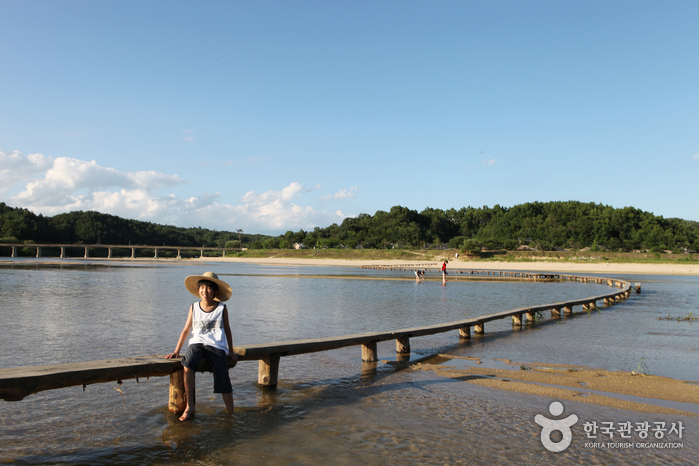
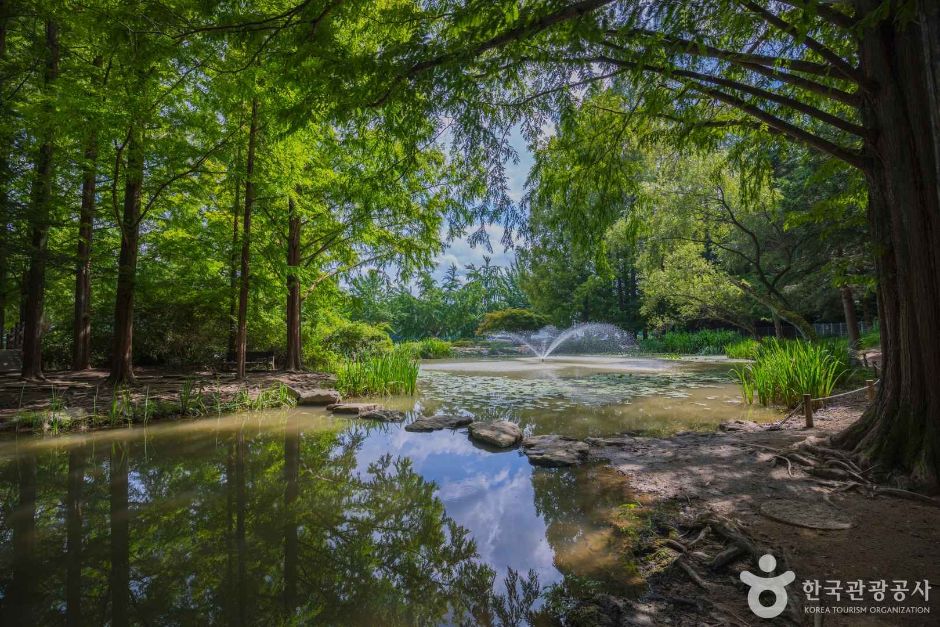
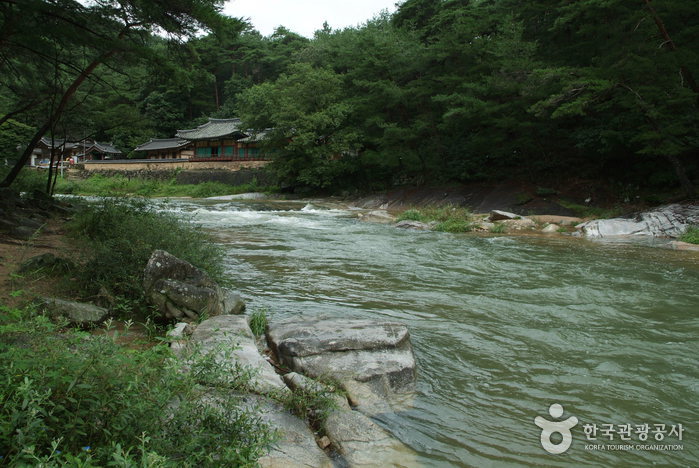
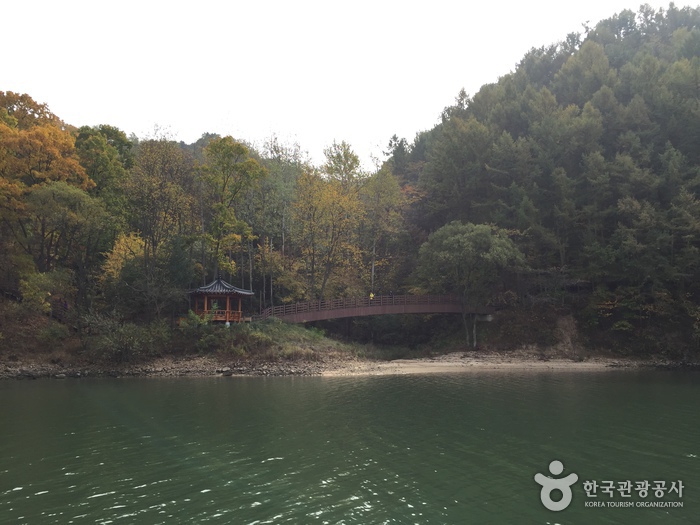
![Sogang House [Korea Quality] / 소강고택 [한국관광 품질인증]](http://tong.visitkorea.or.kr/cms/resource/80/2803880_image2_1.jpeg)
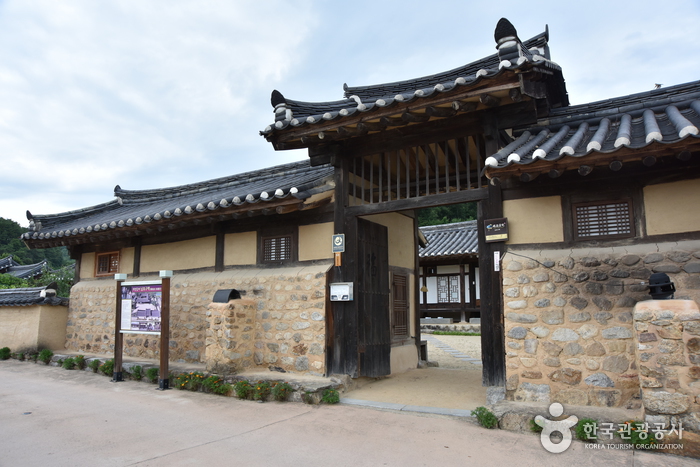
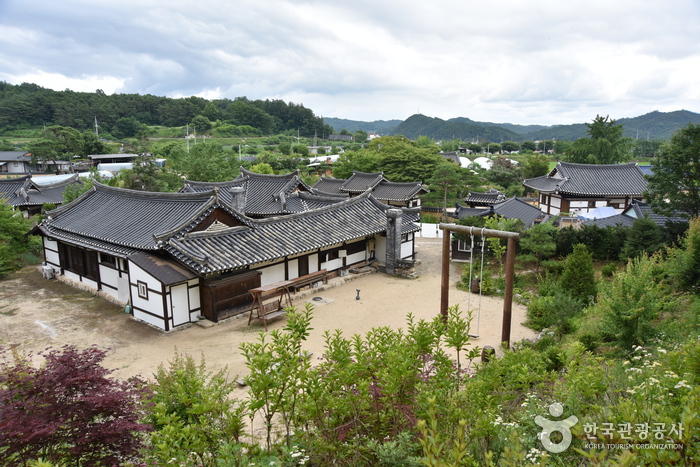
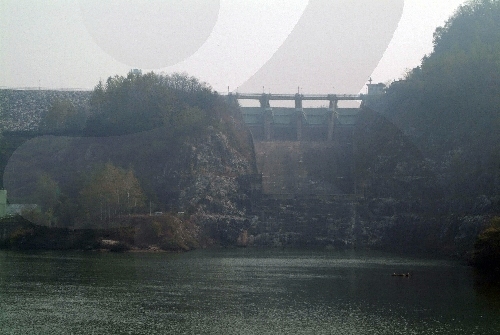
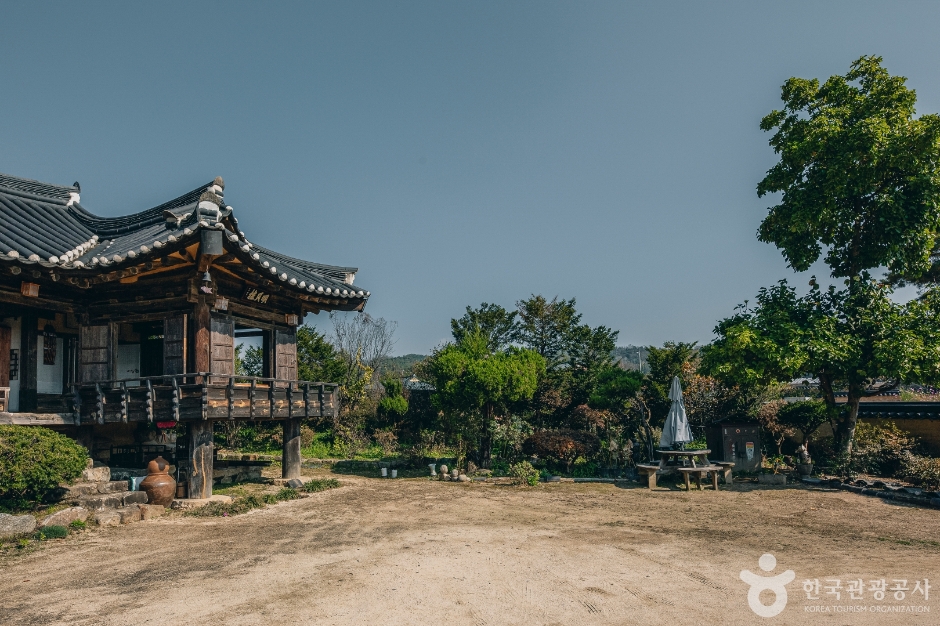
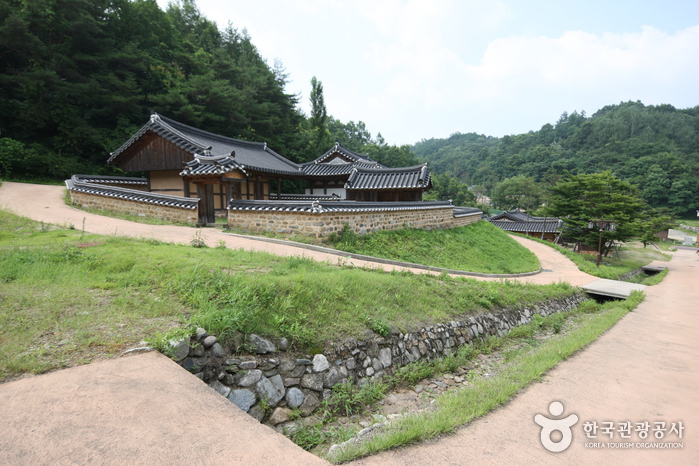
 English
English
 한국어
한국어 日本語
日本語 中文(简体)
中文(简体) Deutsch
Deutsch Français
Français Español
Español Русский
Русский